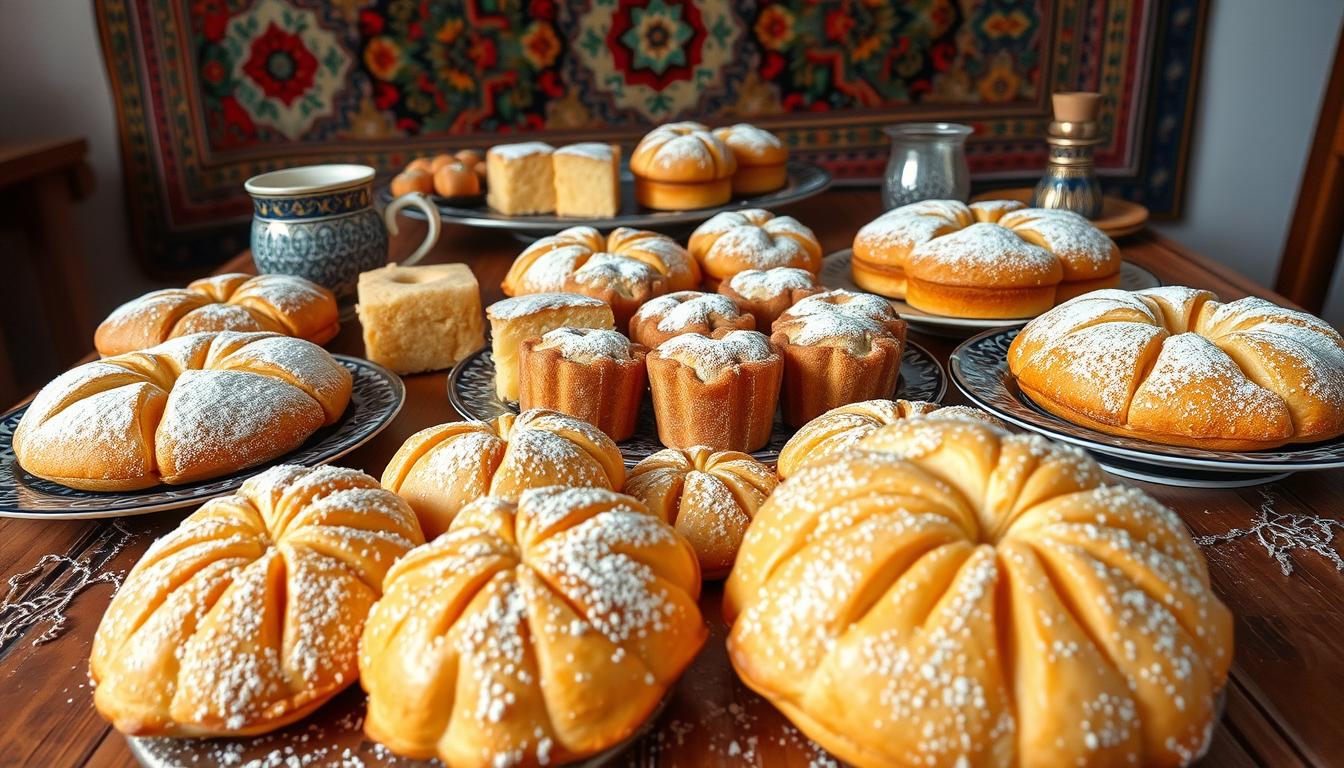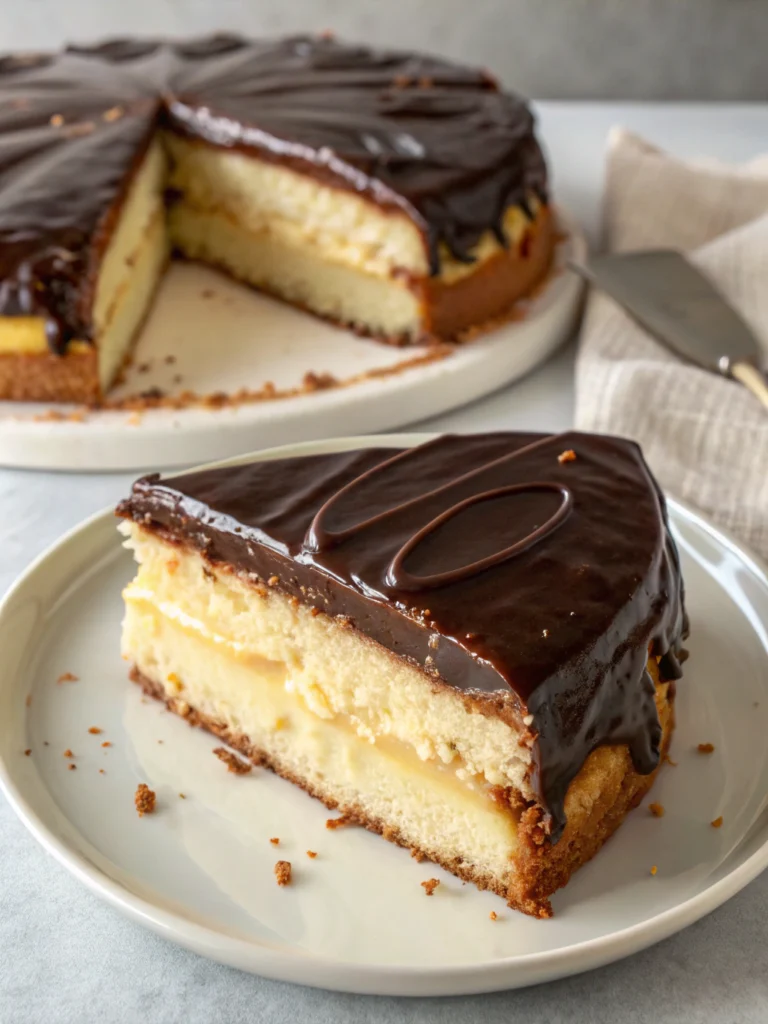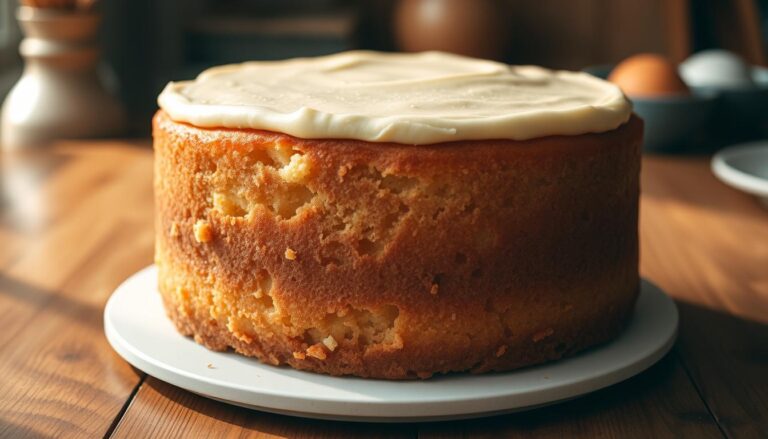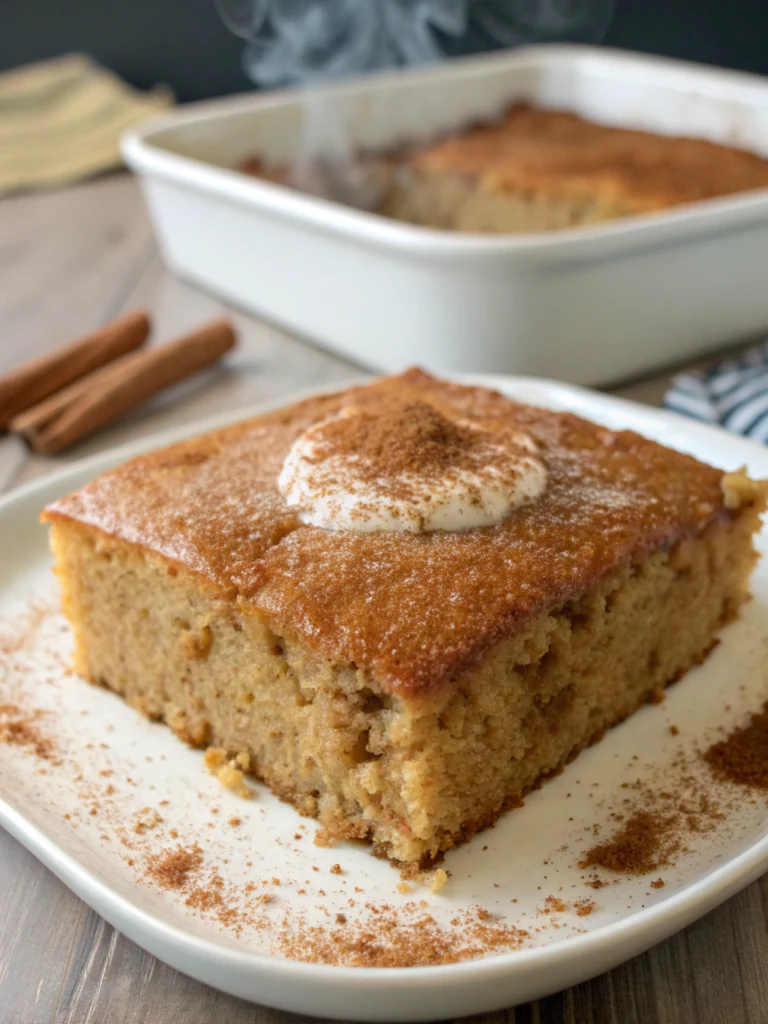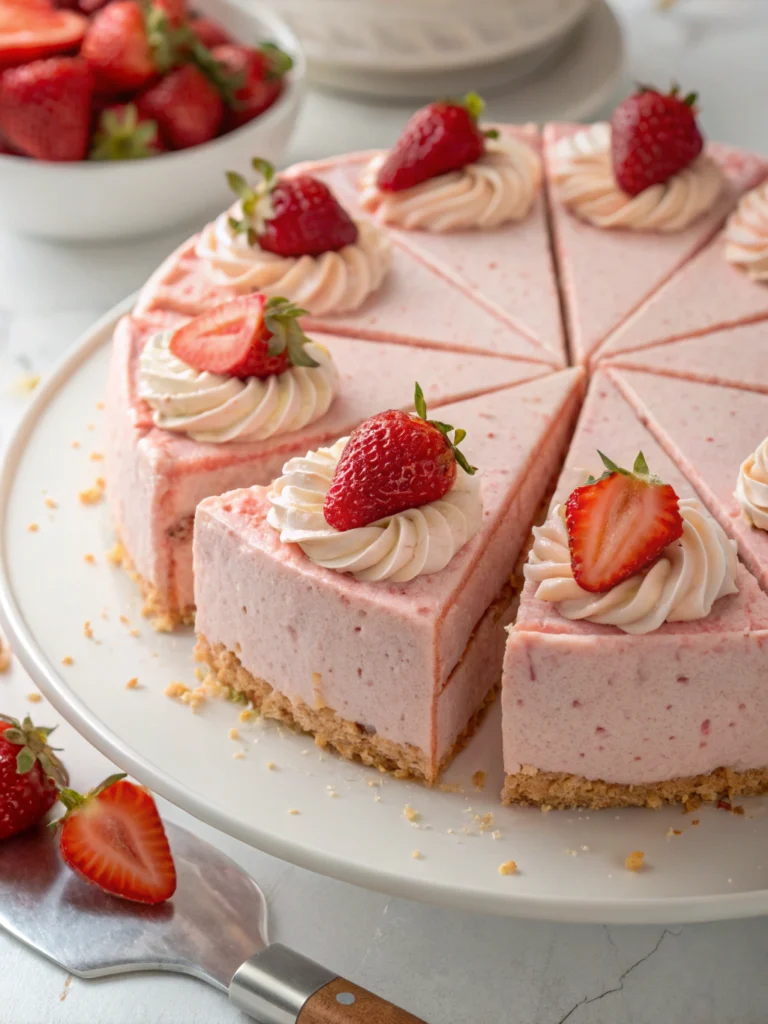How to Make Authentic Moroccan Sponge Cake (No Mixer!)
Discover the traditional delight of Meskouta, a light and airy dessert that’s a staple in Moroccan cuisine. You can easily make this delicious treat at home without any special equipment.
Indulging in a slice of homemade Meskouta is a treat like no other. This traditional dessert is often served at special occasions. Its simplicity makes it a great recipe to try.
You’ll be guided through the process of making this authentic dessert from scratch. We’ll explore the benefits of preparing it without a mixer. Get ready to impress your friends and family with this delightful homemade treat.
The Rich Heritage of Traditional Moroccan Sponge Cake
The traditional Moroccan sponge cake has a fascinating story. It began in the country’s colonial past. It was made without butter because of its scarcity, showing the creativity of Moroccan bakers.
Origins and Cultural Significance
Moroccan sponge cake is more than a dessert. It’s a symbol of hospitality and community. It’s served at special occasions, bringing people together and creating a sense of belonging.
The cake’s importance goes beyond its taste. It represents Morocco’s rich cultural heritage. It shows how the country can make something uniquely its own, even from foreign influences.
What Makes This Dessert Special in Moroccan Cuisine
Moroccan sponge cake is special because of its simplicity and versatility. It’s made without butter, making it suitable for many diets. It’s moist and flavorful, perfect for any time.
It’s often enjoyed with tea, a big part of Moroccan culture. This pairing is both comforting and delightful.
Essential Ingredients for an Authentic Moroccan Sponge Cake
Choosing the right ingredients is key to making a traditional Moroccan sponge cake. It should be moist and full of flavor. Focus on picking the best parts for your recipe.
Traditional Ingredients List
The traditional Moroccan sponge cake recipe has a few essential ingredients. You’ll need eggs, sugar, vegetable oil, flour, baking powder, and flavorings like orange zest and juice. These ingredients combine to make a cake that’s light, fluffy, and full of taste. The quality of each ingredient is important, so pick them wisely.
Quality Considerations for Key Components
Quality ingredients are vital for a great Moroccan sponge cake. Fresh eggs, pure orange juice, and top-notch flour make a big difference. Using the best ingredients you can find will ensure your cake is light and delicious.
Ingredient Substitutions for American Kitchens
If you’re baking Moroccan sponge cake in an American kitchen, you might need to swap out some ingredients. For instance, you can use orange extract instead of zest if you don’t have fresh oranges. You can also choose different oils or sugar alternatives if needed. Just make sure the substitutes won’t change the cake’s flavor or texture too much.
Kitchen Tools You’ll Need (No Electric Mixer Required!)
You don’t need a mixer to make a tasty Moroccan sponge cake. Just a few simple hand tools will do. You’ll need some basic kitchen tools to make your homemade Moroccan cakes easily.
Basic Hand Tools for Perfect Results
To bring your easy Moroccan cake recipe to life, you’ll need a large mixing bowl, a whisk, and a rubber spatula. These tools are key for getting the right texture and consistency in your cake.
Using a Large Metal Spoon for Effective Folding
A large metal spoon is essential for folding ingredients together gently. This ensures your cake batter is smooth and well mixed. It’s important for keeping the cake’s delicate structure intact.
Before adding your cake batter, grease and flour your tin well. This prevents the cake from sticking. It’s a critical step for making sure your Moroccan sponge cake comes out of the tin easily after baking.
Preparing Your Ingredients the Moroccan Way
Before you start mixing, preparing your ingredients the Moroccan way is key for a delicious sponge cake. This step makes your cake light, fluffy, and full of flavor. In Moroccan cuisine, preparing ingredients is an art that needs attention to detail and a deep understanding of traditional methods.

Proper Measuring Techniques
Accurate measuring is vital when making a Moroccan sponge cake. Use a digital scale to measure ingredients by weight, not volume, for precision. This is important for ingredients like flour, as their density can vary. For liquids, use measuring cups but make sure they’re calibrated right.
Temperature Considerations for Optimal Results
The temperature of your ingredients greatly affects your cake’s texture. Make sure your eggs and butter are at room temperature before mixing. This helps create a smooth batter that bakes evenly. Also, ensure dairy products are not straight from the fridge.
Pre-Mixing Preparations and Organization
Organizing your ingredients before mixing can make the process smoother and reduce errors. Sift dry ingredients like flour and sugar to remove lumps and mix them evenly. Crack eggs into a separate bowl to check for freshness before adding them. Having all ingredients ready and within reach helps you mix efficiently, making a traditional Moroccan sponge cake that will impress.
Step-by-Step Mixing Method Without a Mixer
You can make a light and fluffy Moroccan sponge cake without an electric mixer. Just follow our step-by-step guide. Mixing the ingredients is key, and with our help, you’ll make a tasty homemade Moroccan cake.
The Perfect Egg Whisking Technique by Hand
Whisking eggs is the first step in making a Moroccan sponge cake. Use a large bowl and a sturdy whisk. Crack your eggs into the bowl and whisk in a circular motion, starting from the center.
As you whisk, add air to the eggs. This will make your cake light and fluffy. Keep whisking until your eggs are pale and doubled in volume. This step is important for a cake that rises well.
Incorporating Dry Ingredients Without Deflating
After whisking your eggs, it’s time to add dry ingredients. To avoid deflating your egg mixture, gently fold in your dry ingredients with a large metal spoon. Start with a small amount of dry ingredients and fold them in using a ‘cut and fold’ motion.
Add your dry ingredients in small amounts, folding gently after each addition. This keeps the air in your eggs, making your cake light.
Achieving the Ideal Batter Consistency and Texture
The last step is to get the batter right. It should be smooth and even, not too thick or too thin. Make sure to fold your ingredients together gently but thoroughly.
A good batter will make your cake moist and evenly textured. Making Moroccan sponge cake takes practice, so don’t worry if it takes a few tries to get it right.
Baking Your Moroccan Sponge Cake to Perfection
Baking a Moroccan sponge cake needs the right techniques and patience. You’ve mixed your batter carefully. Now, it’s time to bake it into a beautiful cake.
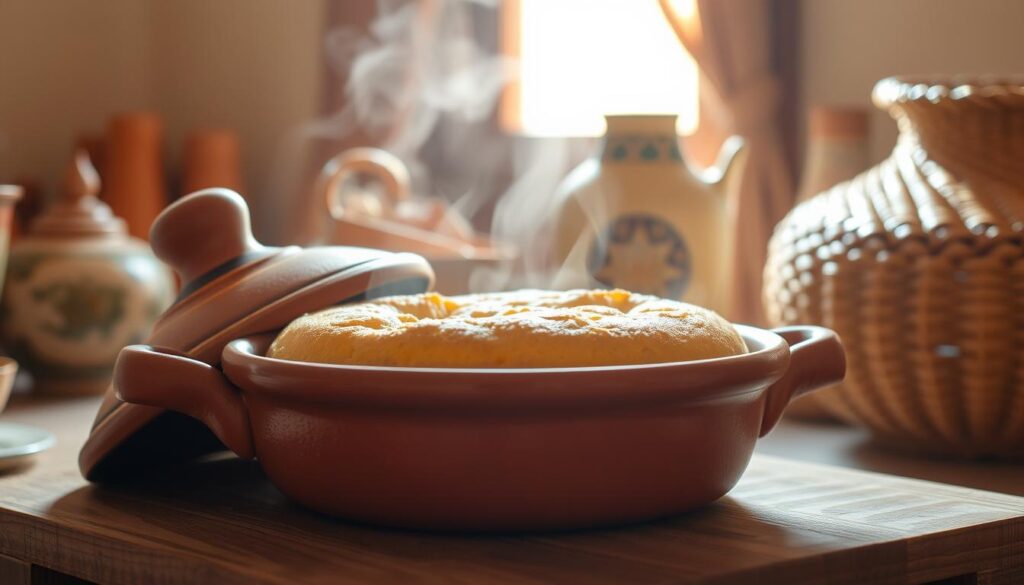
Oven Temperature and Timing Guidelines
Preheat your oven to 350°F (175°C). Make sure it’s set right for the best results. Bake a standard Moroccan sponge cake for 25-30 minutes.
Place your cake in the oven’s center for even baking. Don’t open the oven door too often. This can make the cake sink or bake unevenly.
Visual Cues for Doneness
Your cake is done when it’s golden brown on top and springs back. Check by inserting a skewer into the center. If it’s clean, your cake is ready.
The edges should be slightly away from the pan. This means it’s baked through. If unsure, it’s safer to underbake a bit. Overbaking can dry out your cake.
The Critical Cooling Process
After baking, take the cake out and let it cool in the pan for 5 minutes. Then, move it to a wire rack to cool completely. This step is key to keep the cake light and prevent it from getting soggy.
Cooling properly makes the cake easier to handle and decorate. For a traditional look, dust with powdered sugar once it’s cooled.
Troubleshooting Common Issues With Moroccan Sponge Cake
Making Moroccan sponge cake can be tricky. Even skilled bakers face problems like a fallen or dense cake, dryness, or cracks. Knowing how to fix these issues can help you make a perfect homemade Moroccan cake every time.
Fixing a Fallen or Dense Cake
A fallen or dense Moroccan sponge cake is a letdown. But, there are steps to avoid it. Make sure your ingredients are at room temperature to mix air well. Avoid overmixing, as it can deflate the batter. If your cake is dense, check if your leavening agents are fresh.
Using old baking powder or soda can harm the cake’s rise. Also, handle the cake gently when taking it out of the pan to prevent damage.
To fix a fallen cake, try re-baking it at a low temperature. A short burst of heat might help it rise again. But, the best way is to get it right the first time by mixing and baking correctly.
Addressing Dryness and Moisture Problems
Dryness in a Moroccan sponge cake often comes from overbaking or wrong ingredient ratios. To avoid dryness, check the cake often towards the end of baking. A toothpick should come out clean or with a few moist crumbs.
Using the right amount of sugar and fat is key for moisture. If your cake is too dry, brush it with a simple syrup to add moisture.
Preventing Cracks and Uneven Rising
Cracks and uneven rising can ruin your cake’s look. To prevent these, make sure your oven is at the right temperature. Don’t open the oven door during the first part of baking. Sudden temperature changes can cause cracks.
For even rising, distribute the batter evenly in the pan. If the cake browns too fast, cover it with foil to prevent over-browning and ensure even cooking.
By following these tips, you can solve common problems and bake a beautiful, delicious Moroccan sponge cake. With practice and patience, you’ll become great at making Moroccan cake recipes that everyone will love.
Traditional Serving and Storage of Your Homemade Moroccan Cake
Now that you’ve baked your Moroccan sponge cake, let’s talk about serving and storing it. Serving your cake in a traditional way is key to enjoying Moroccan cuisine fully.
Authentic Presentation Styles
Moroccan sponge cake is often served on a fancy plate or cake stand. It’s topped with powdered sugar or cinnamon. Adding fresh mint leaves around the cake adds color and a touch of tradition.
Perfect Beverage Pairings
In Morocco, cake is served with hot mint tea or coffee. Mint tea’s refreshing taste pairs well with the cake’s sweetness. Coffee, on the other hand, offers a nice contrast. Pick your favorite drink to enjoy with your Moroccan dessert.
Proper Storage for Freshness
To keep your cake fresh, store it in an airtight container at room temperature for a few days. If you won’t eat it soon, freeze it. Wrap it well in plastic or foil and freeze. When you’re ready, thaw it at room temperature.
By following these tips, you’ll enjoy your homemade Moroccan cake fully. You’ll get to experience the true flavors of Moroccan desserts.
Conclusion: Embracing the Joy of Handmade Moroccan Baking
Learning to make an authentic Moroccan sponge cake is rewarding. It connects you to Morocco’s rich culture. Making homemade Moroccan cakes is about simplicity, quality, and sharing joy.
Trying out Moroccan dessert recipes like this sponge cake recipe opens up new flavors and textures. With practice, you’ll make beautiful, delicious cakes for any occasion. So, start baking your own Moroccan sponge cake today. It might become your new favorite dessert!
Exploring Moroccan baking will introduce you to many new flavors and techniques. Homemade Moroccan cakes will impress everyone. The joy of creating something special makes it even more rewarding.

